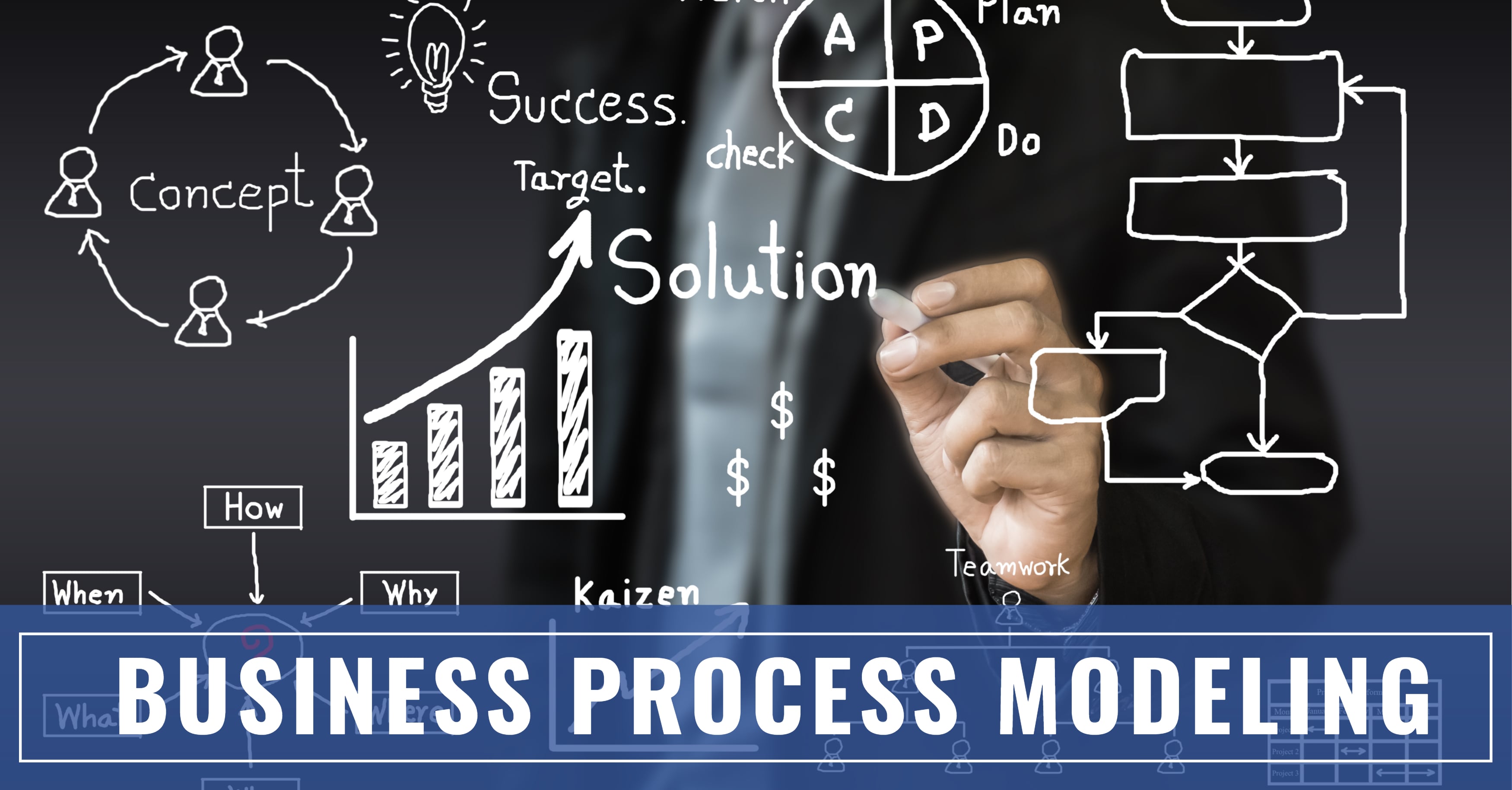The Truth About Business Process Modeling
Manufacturers and distributors embarking on an enterprise resource planning (ERP) implementation are often impatient to get their new software up and running—and who can blame them? It’s a major investment that promises major business improvements. But in their haste, businesses tend to skip critical steps that put the entire project at risk.
One of those steps is business process modeling. Business process modeling is the act of representing an organization’s business processes. The purpose is to analyze current operations in order to detect issues and pursue future improvements. When it comes to ERP implementations, business process modeling helps you discover your company’s strengths and weaknesses. That way, you can deploy a software solution that buttresses the operations that work and improves or replaces the operations that fall short.
If business process modeling is so important, then why do several organizations forgo the task during their implementations? A few misconceptions about business process modeling are to blame for this negligence. In this post, we correct a few of these misconceptions to help you get the most from your ERP software.
Misconception: The ERP implementation will instantly fix business problems.
Many companies consider ERP software a quick fix. Serving as a central hub for enterprise data and automating processes, ERP will remove errors and speed up processes. If the whole purpose is to implement change, why should organizations waste time capturing their current, broken operations?
Reality: Without business process modeling, broken processes stay broken.
Automating an ineffective workflow only makes that workflow run faster, not better. By detecting pain points in your operations, you can rewrite workflows to help you achieve higher levels of efficiency. Undergoing this step can help you ensure that current issues won’t be recreated in your new software.
Misconception: Business process modeling takes too much time.
Business process modeling will be a long and drawn–out process. It’ll take days, maybe even weeks to get employee input. Businesses can’t afford to delegate that much time. A rapid ERP implementation will result in faster ROI and limit organizational disruption.
Reality: Business process modeling saves a lot of time in the long run.
Business process modeling probably doesn’t take as long as you think. Depending on the size of your company, the task takes about two full days. Your entire workforce won’t be involved for the whole duration, as key members of departments only join in at relevant points of the BPM process.
Most importantly, business process modeling saves your company time in the long run by mitigating project risk. Without carefully mapping your operations, you’re liable to require expensive re-work or experience low user adoption. Your ERP instance won’t deliver the improvements you expected. Plus, business process modeling helps organizations prioritize software requirements, so project teams won’t lose sight of end goals of the implementation.
Misconception: Complex business processes can’t be captured on paper.
Manufacturing and distribution supply chains are becoming increasingly complicated, making it difficult to encompass daily activities and nuanced processes in a model.
Reality: It can be done when businesses work with the right people.
If your company has never created an accurate business process model before, it’s not advisable to do it alone. Leading software consultants specialize in business process modeling, working closely with people across your departments to accurately capture current operations and future needs. At Datix, our consultants document the entire business cycle by asking power users a series of questions about your data, day-to-day processes and pain points.
From your answers, we develop use cases, which document how users and other systems will interact with the new ERP instance. Use cases serve as valuable references during and after the implementation, helping project teams execute the most important goals and serving as resources for change management. Consultants are BPM experts who follow a proven strategy to ensure business processes are documented, no matter how complex, to set the groundwork for a successful software implementation.
Wrap Up
To avoid ERP failure and maximize the value of your investment, you can’t cut key steps out of your software project. Business process modeling is one of the first steps to achieving an ERP implementation that smooths over operational roadblocks and drives future enterprise growth.
Servicing Epicor products, Datix’s consultants will help you follow best practices throughout your ERP project. Our business process modeling experts understand how to align your software with your unique requirements, helping you achieve optimal business performance. From implementations and upgrades to customizations and integrations, we do what it takes to execute software projects from start to finish.
Don’t leave any stone unturned during your ERP project. Get in touch with Datix’s premier consultants to transform your business with software!
{{cta(‘770c1544-d87d-4acb-9fc4-7a25e1385094′,’justifycenter’)}}


